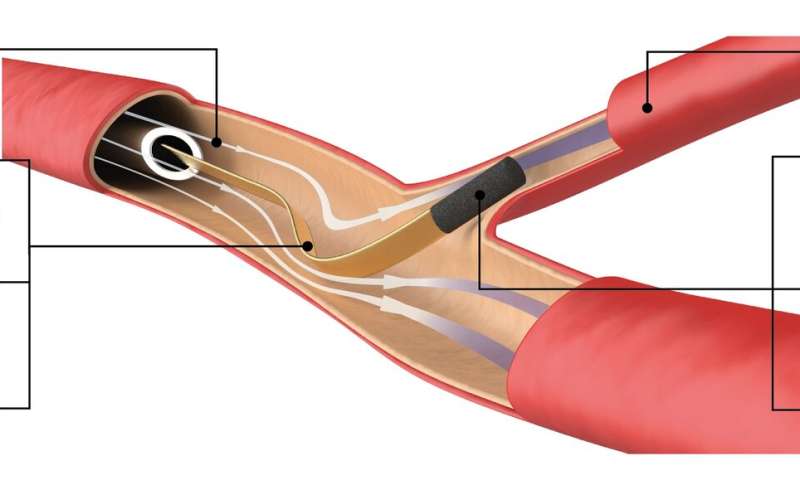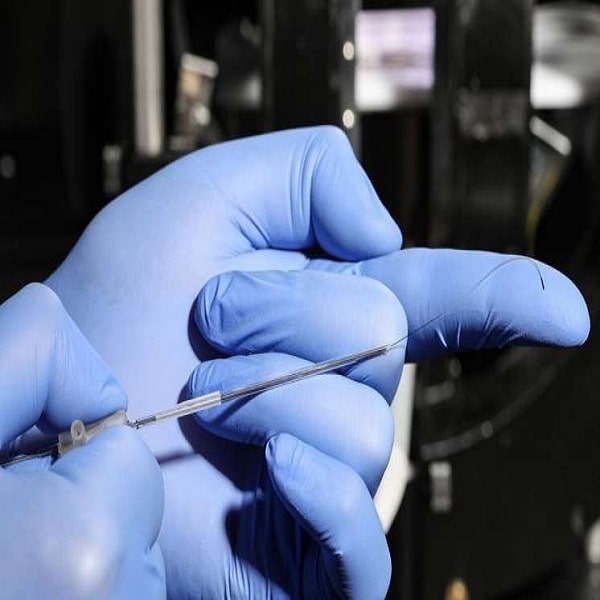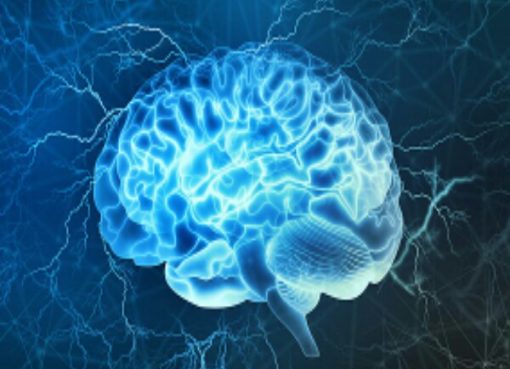At EPFL, Lucio Pancaldi, a Ph.D. student, and Selman Sakar, an assistant professor, have harnessed hydrokinetic energy (mechanical energy resulting from the motion of liquids) to get an instrument into places in the human body without resorting to invasive methods. “Large proportions of the brain remain inaccessible because the existing tools are unwieldy, and exploring the tiny, intricate cerebral vascular system without causing tissue damage is extremely difficult,” says Sakar.
The devices consist of a magnetic tip and an ultraflexible body made of biocompatible polymers. “Imagine a fishhook gradually released into a river. It will get carried along by the current. We simply hold onto one end of the device and let the blood drag it to the most peripheral tissues. We gently rotate the magnetic tip of the device at bifurcations for choosing a specific path,” says Pancaldi. Since no mechanical force is applied directly at the vessel wall, the risk of causing any damage is very low. Moreover, harnessing blood flow could reduce the operation time from several hours to a couple of minutes.
Charting a course through the vascular system
Both the release of the device and magnetic steering are under computer control. Furthermore, there is no need for force feedback as the tip of the device does not push against the vessel walls. “We can envision that a surgical robot will use the detailed map of the vasculature provided by the MRI and CT scans of the patient to autonomously guide devices to target locations. The addition of machine intelligence would transform endovascular operations. Alternatively, a computer program may use the visual information provided by the fluoroscope to localize the device and calculate a trajectory in real-time to facilitate manual operations,” says Sakar.

Researchers at EPFL’s School of Engineering tested the device inside artificial microvasculature systems. The next phase will involve tests on animals with state-of-the-art medical imaging systems. Scientists are also hoping to develop other devices with a range of on-board actuators and sensors.
Source: techxplore










